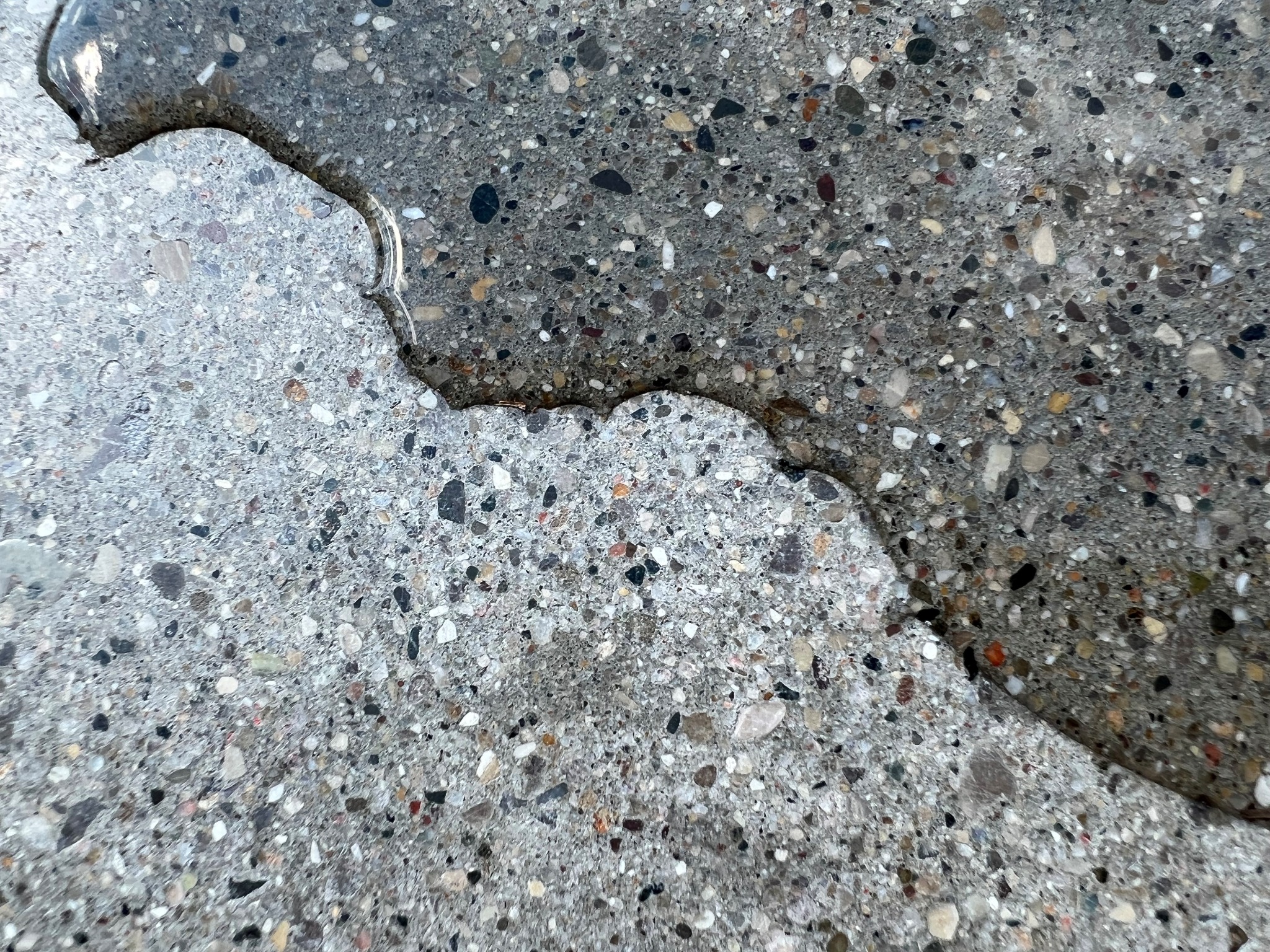Epoxy is a heavy-duty adhesive used for a variety of reasons, from industrial purposes to DIY projects. When using this product, messes and accidents can occur due to its sticky nature.
It can be very difficult to get epoxy out of certain surfaces depending on what state of cure the epoxy is in and the material of the surface. We’ll cover those common surfaces, along with what steps you should take to remove the epoxy.
Tips for Removing Epoxy
Removing Uncured Epoxy from Surfaces
If you get epoxy on any surfaces that you did not intend to, react quickly. The faster you take action to clean the surface, the better. If you’ve ever painted a room before, you know that it’s easier to wipe up a drip on the floor before it dries.
Smooth surfaces, like glass or plastic, make removing epoxy fairly simple. However, for textured or absorbent surfaces, like wood, it may not be possible to remove all the epoxy.
Begin by absorbing and wiping away any unwanted epoxy with a plain white paper towel. The epoxy will leave a residue behind on the surface. You will want to use a solvent to fully remove the epoxy. Read on to see what solvent you should use. Once you’ve made a selection, pour your chosen solvent onto a clean white paper towel and wipe down the area.
Never use solvents to clean epoxy off your skin. Read “How to remove Epoxy from Skin and Clothes” for more information on the proper method.
Recommended Solvent Options:
Mild Solvent
Vinegar
Household vinegar is a very mild solvent that will help remove epoxy residue. Because it’s mild, it will take more product to remove the epoxy than a stronger solvent. If you’re working on a small project, or in a small area, this may be acceptable. If you’re working on a large project, you may want to consider a stronger solvent.
Strong Solvents
Isopropyl Alcohol, Denatured Alcohol, Acetone, Lacquer Thinner
Stronger solvents like isopropyl alcohol, denatured alcohol, acetone, or lacquer thinner will remove epoxy much more quickly. Stronger solvents can often be found at varying concentrations. The milder concentrations may require using a little more product to remove the epoxy than the stronger concentrations, but will still be effective. When working with solvents, it is important to be aware of proper handling and safety before use.
Removing Cured Epoxy from Surfaces
Before you walk away from your project after using epoxy, be sure to check that you didn’t accidentally get epoxy anywhere that it shouldn’t be. Once the epoxy cures, it becomes much tougher (and possibly more destructive) to remove. If you’ve been working with epoxy for a long time, you know that it’s bound to happen eventually. When the inevitable happens, here are a few methods to consider.
Sanding or Grinding
This really is the best, most-efficient way to remove cured epoxy. Sanding or grinding is part of the typical workflow with epoxy, like when preparing to create secondary bonds.
Prying or Chipping
If the epoxy has cured to an extremely smooth or dirty surface, you may be able to pry or chip it off that surface. Smooth surfaces like glass or plastics typically need surface preparation for the epoxy to adhere properly. If the surface was dirty, it can create a barrier between the epoxy and the surface, which would prevent the epoxy from bonding well. Keep in mind: epoxy is intended to create a permanent bond. If you intend to pry or chip the epoxy off the surface, some areas of the surface may be damaged in the removal process.
Heat
Heat can be used to soften the epoxy. Epoxy typically starts to soften once its temperature reaches above 180°F. Once the epoxy softens, you may be able to scrape the epoxy off the surface. Keep in mind that heat may transfer to whatever surface the epoxy is touching, so be aware of what material it’s bonded to before heating.
Although there are ways to remove epoxy from unintended surfaces, trying to avoid accidental contact altogether is ideal. Having a well-planned working area and working carefully are the best ways to prevent accidents.

